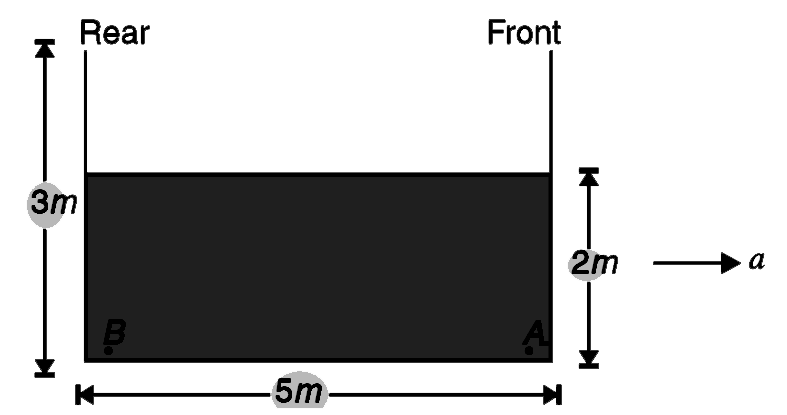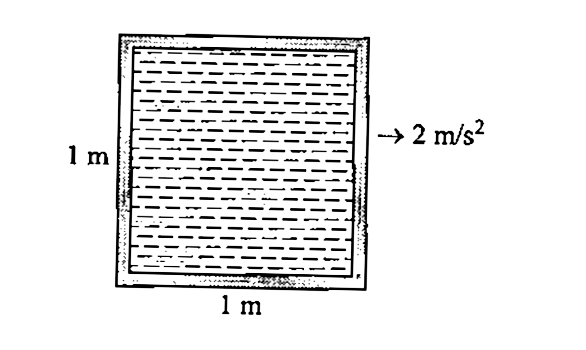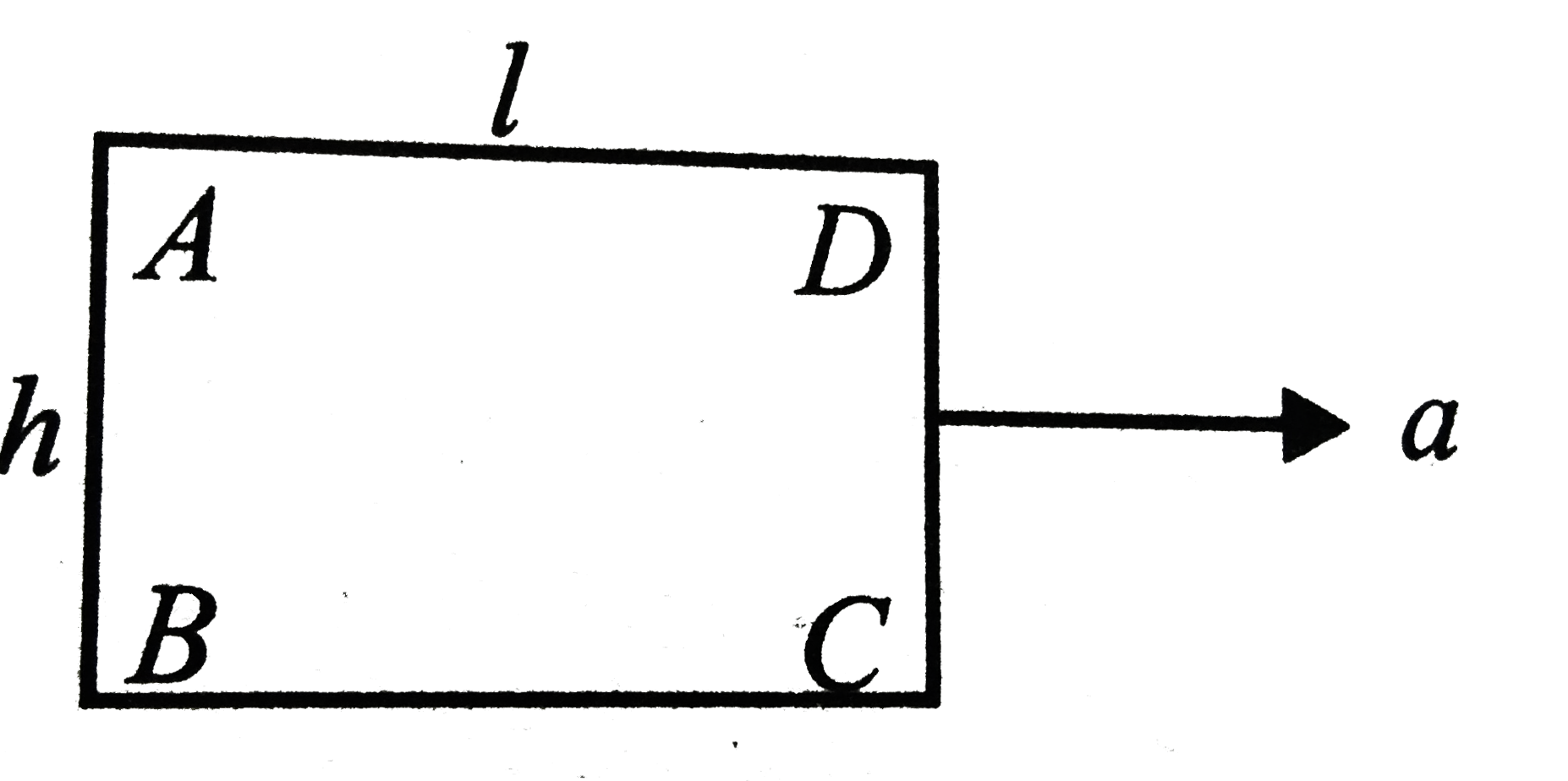An open cubical tank was initially fully filled with water. When the tank was accelerated on a horizontal plane along one of its side it was found that one thrid of volume of water was spilled out. The acceleration was
None
Step by step video & image solution for An open cubical tank was initially fully filled with water. When the tank was accelerated on a horizontal plane along one of its side it was found that one thrid of volume of water was spilled out. The acceleration was by Physics experts to help you in doubts & scoring excellent marks in Class 12 exams.
Topper's Solved these Questions
- BOOK - MOTIONCHAPTER - FLUIDEXERCISE - Exercise-2 (level-II)2videos
FLUID
- BOOK - MOTIONCHAPTER - FLUIDEXERCISE - Exercise-3 (level-I)6videos
FLUID
- BOOK - MOTIONCHAPTER - FLUIDEXERCISE - Exercise27videos
FLUID
- BOOK - MOTIONCHAPTER - ERRORS , THEORY EXERCISE - EXERCISE 4 (LEVEL -II)10videos
ERRORS , THEORY
- BOOK - MOTIONCHAPTER - GEOMETRICAL OPTICSEXERCISE - Exercise - 4 | Level-II55videos
GEOMETRICAL OPTICS
Similar Questions
An open rectangular tank 5mxx4mxx3m in dimension is containing water up to a height of 2m the tank is accelerated horizontally along the longer side. Assuming water to be and ideal liquid find-
(a) the maximum acceleration with which the tank can be moved so that water does not fall from the rear side.
(b) the gauge pressure at the bottom of the front and back of the tank (points A and B) if the tank is closed at the top and is then acclerated horizontally at 9m/s2. Assume that the top cover has a small hole at the right side of the tank so taht pressure of air inside the tank is maintained at atmospheric pressure. Gauge pressure at a point is difference in absolute pressure at the point and atmospheric pressure.
 View Solution
View SolutionAn open cubical tank completely filled with water is kept on a horizontal surface. Its acceleration is then slowly increasesd to 2m/s2 as shown in the figure. The side of the tank is 1m. Find the mass of water that would spill out of the tank.
 View Solution
View Solution
Knowledge Check
- Question 1 - Select One
A closed cubical box is completely filled with water and is accelerated horizontally towards right with an acceleration a. The resultant normal force by the water on the top of the box.
Apasses through the centre of topBpasses through a point to the righ of the centreCpasses through a point to the left of the centreDbecomes zero - Question 2 - Select One
A closed rectangular tank is completely filled with water and is accelerated horizontally with an acceleration towards the righ. Pressure is i. maximum and ii. minimum at
 Ai. B ii DBi C ii DCi B ii CDi B ii A
Ai. B ii DBi C ii DCi B ii CDi B ii A - Question 3 - Select One
A tank if filled with water upto height H. When a hole is made at a distance h below the level of water. What will be the horizontal range of water jet ?
A2√h(H−h)B4√h(H+h)C4√h(H−h)D2√h(H+h)
An open cubical tank completely filled with water is kept on a horizontal surface. Its acceleration is then slowly increasesd to 2m/s2 as shown in the figure. The side of the tank is 1m. Find the mass of water that would spill out of the tank.
 View Solution
View SolutionAn open rectangular tank 1.5 m wide 2m deep ad 2 m long is half filled with water. It is accelerated horizontally at 3.27m/s2 in the direction of its length determine the depth of water at each end of tank.
View SolutionA rectangular tank is placed on a horizontal ground and is filled with water to a height H above the base. A small hole is made on one vertical side at a depth D below the level of the water in the tank. The distance x from the bottom of the tank at which the water jet from the tank will hit the ground is
View SolutionA cart supports a cubic tank filed with a liquid up to the top. The cart moves with a constant acceleration a in the horizontal direction. The tank is tightly closed. Assume that the liquid when in motion with uniform acceleration. The pressure at a point at a depth h and distance I from the front wall is :
View SolutionA tank of height 5 m/s completely filled with water. There is a hole of cross sectional area 1cm2 near its bottom. What is the initial volume of water that will come out of the hole per second. (Use g=10m/s2)
View Solution

